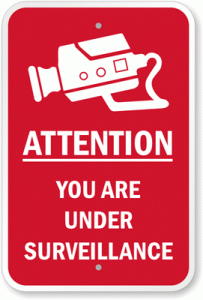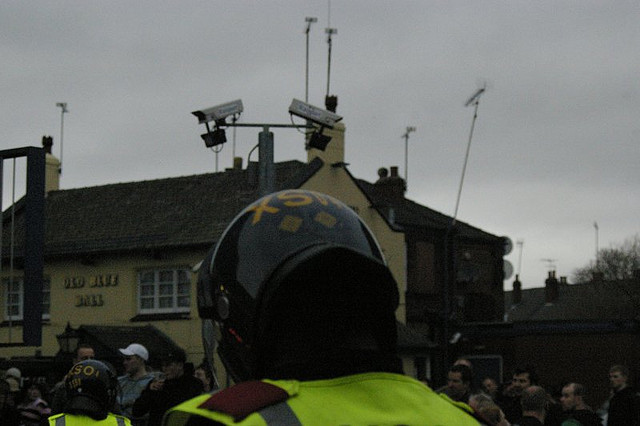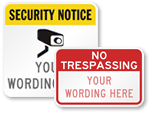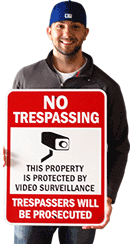Police surveillance drones pose a threat to domestic privacy

A soldier launches the RQ-11B Raven unmanned aerial vehicle during Raven training. Image used under Creative Commons from The U.S. Army.
As the battle rages on about the U.S. government’s use of drones in the war on terror, the inevitable diffusion of military technology into civilian life is well under way.
In the international debate over the use of drones, a major sticking point has been the use of drones to kill American citizens thought to be terrorists. On American soil, assassinating untried criminals with a shot fired invisibly from the sky would be an egregious, unthinkable breach of due process, but a surveillance drone hovering and staring at the citizenry with a high resolution camera — for now, that activity is in a legal grey area.
State and local police stations have been adding surveillance drones to their enforcement arsenal, arguing that they can be used to search for missing children or seniors, or survey emergency situations. The Customs and Border Patrol have drones hovering in the air all along our southern border, watching out for signs of people slipping under the fence.
There are potential benefits to the domestic use of drones, but the rapid pace of technological advancement, coupled with the relatively cheap price tag means that technology is outpacing regulation. It doesn’t take much imagination to see that drones have capabilities well beyond tracking missing kids. There’s already talk of outfitting police drones with more than a seeing eye — a domestic drone could easily be fitted with a taser or the ability to shoot a rubber bullet.
For now, there are real concerns about privacy. Even a bottom-of-the-market toy drone can snap a crystal clear photo of passing license plates. The many drones on the market, with names like Raven, Wasp, Puma, Hummingbird, T-Hawk, Cobra, Reaper, Dragonflier, and of course — Predator — can do a shocking array of things. The hulking Predators are known for razing small villages, but there are drones small enough to hold in your fingertips. There are drones that can peer into windows, drones that can follow a mission (also known as a person) as they go about their daily business, and drones that work in a swarm, indiscriminately recording the comings and goings of an entire city.

The image of a mounted security camera paired with a warning of surveillance seems almost quaint in light of the domestic drone debate (via MySecuritySign.com).
As drones become more widespread, cities and states are realizing that surveillance drones aren’t just creepy, they pose a significant threat to fourth amendment rights. Depending on state and local laws, private citizens with surveillance cameras on their property are either required or can choose to put up a sign out of respect for other people’s expectation of privacy. Police, however, must use a warrant to search a citizen’s private space. Drones — which aren’t fixed to a wall — can move seamlessly from the street, where there is no expectation of privacy, to a window, where a person should expect to feel unwatched.
States are starting to catch up with surveillance drones. Florida may be the first in the nation to enact a law, descriptively named “Freedom from Unwarranted Surveillance Act,” regulating the use of drones. Eleven other states, including Montana, Maine, Missouri, North Dakota, Oklahoma and Texas, aren’t far behind.

Performing surveillance with cameras and boots on the ground may one day become a thing of the past. Image used under Creative Commons from underclassrising.net
In Seattle, the mayor was forced to send a pair of surveillance drones back to their manufacturer and shut down the police’s unmanned aerial vehicle program. The city’s residents decided that they weren’t waiting around for a law to prohibit police drones. They practiced their first amendment rights and demanded their privacy.
-Aurora A.
Related articles
Category: News, Surveillance


















